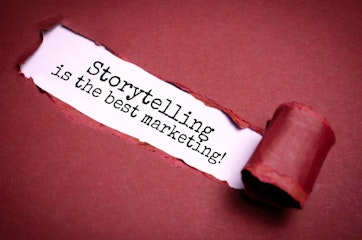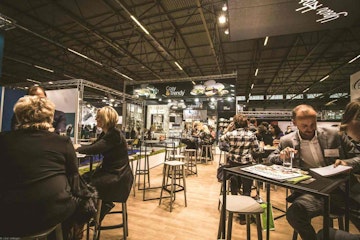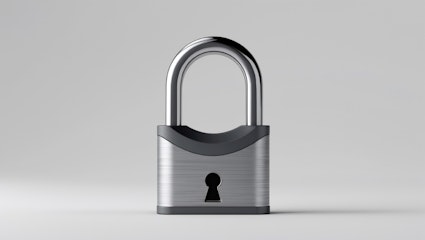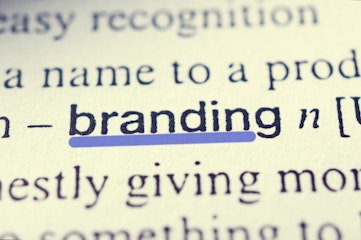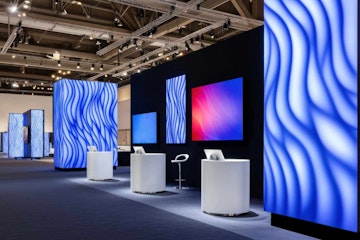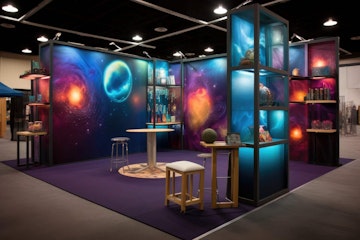Blending physical and digital marketing isn’t just a matter of preference anymore; it’s a matter of effectiveness. Businesses that lean too heavily in one direction often discover gaps - missed audiences, weaker engagement, or diluted impact. A truly integrated approach uses the tactile presence of physical campaigns alongside the speed and precision of digital tools. The result is something that feels not only coherent but compelling. Let’s look at why this combination stands out and where its strengths really show.
How Does Integration Increase Reach?
When marketers limit themselves to digital channels, they’re often relying on audiences who are already online, actively searching, or subscribed to a particular feed. That’s powerful, no doubt, but it risks narrowing the scope. Physical campaigns - whether posters, direct mail, or on-site displays - still reach those who might not spend as much time in digital spaces.
Not only does this broaden reach, but it creates a multiplier effect. Someone who sees a physical ad may later encounter the same brand online, reinforcing the message. Repetition across contexts builds recognition faster than a single-channel push ever could.
Why Does Tangibility Build Trust?
There’s an argument to be made that physical marketing materials, precisely because they occupy space, signal commitment. A digital ad can be launched in seconds and vanish just as quickly. By contrast, a banner, flyer, or branded stand tells a customer the business has invested in permanence.
That doesn’t mean digital efforts are flimsy - only that pairing them with something tangible builds credibility. For example, a brand showcasing compact trade show visuals in person while also driving engagement on social media benefits from a dual-layer trust effect. The tangible makes the digital feel more reliable, and the digital makes the physical more interactive.
Does It Improve Customer Engagement?
It’s one thing to catch someone’s eye with a banner on the street. It’s another to offer them a QR code on that banner that takes them directly to a custom landing page, discount, or video. That’s where integration thrives.
Engagement increases because the journey doesn’t stop at the physical. Instead, the physical acts as a gateway. Digital elements extend interaction, whether that’s through social sharing, targeted retargeting, or loyalty programmes. And the reverse also works - someone encountering a digital campaign may be more likely to respond if they later see a recognisable brand element in a physical space.
How Do Metrics Become More Reliable?
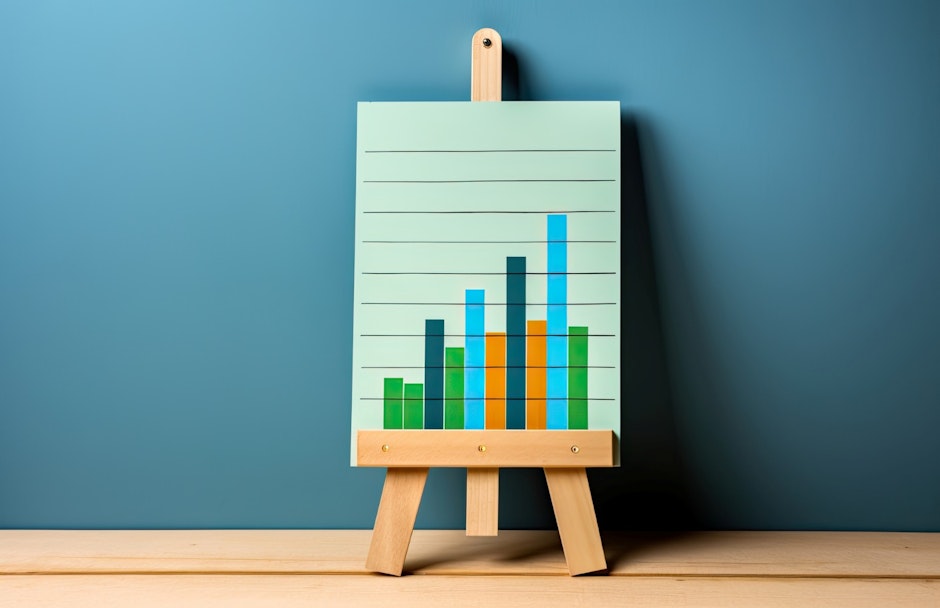
A common criticism of physical marketing is the difficulty of measurement. How do you know how many people saw a poster? Or which leaflet drove a sale? Alone, these are hard to quantify. But when physical is fused with digital, the numbers sharpen.
Consider trackable QR codes, personalised URLs, or digital surveys linked to physical campaigns. Suddenly, the blurred edges of measurement become clearer. Not only does this give businesses data they can trust, but it also provides a fuller picture - how awareness built in the real world translates into action online.
What About Cost Efficiency?
At first glance, running two parallel marketing strategies sounds expensive. But that’s not always the case. Integration allows businesses to reuse creative assets across channels, stretch budgets further, and avoid wasteful duplication.
A physical event stand, for instance, might cost upfront, but when paired with digital promotion before and after the event, the return on investment expands dramatically. The same piece of creative work delivers value multiple times, across multiple audiences. In many cases, it’s more cost-effective than relying on one medium alone.
How Does It Enhance Brand Consistency?
Brand consistency is one of those intangible factors that customers notice subconsciously. Seeing the same colour scheme, message, and tone both online and offline builds familiarity. Without this integration, businesses risk creating disjointed impressions - polished digital campaigns that don’t match outdated print materials, or vice versa.
When consistency is maintained, trust follows. Customers feel the brand knows itself, which makes them more confident in choosing it. Integration is the simplest way to achieve that seamless identity across touchpoints.
Why Is Balance the Future of Marketing?
Digital isn’t going anywhere. Neither is physical. The question is how to combine them intelligently. Campaigns that fail to integrate miss opportunities, whether in trust-building, data clarity, or simple visibility.
One practical reminder of this balance is the ongoing discussion of why physical banners still work today: despite every advancement in digital advertising, banners continue to command attention because they connect in ways screens sometimes can’t. Combine that with digital targeting, and the results are stronger than either channel alone.
Physical campaigns capture attention in the real world
Digital campaigns amplify, personalise, and measure that attention
Integration ensures neither operates in isolation, closing the loop between awareness and conversion
The Bottom Line
Not only does combining physical and digital marketing strengthen reach, but it also builds credibility, drives measurable engagement, and improves cost efficiency. Brands that integrate both worlds achieve consistency and balance, positioning themselves for a future where customer attention is more fragmented than ever.
It’s not about choosing between physical or digital. It’s about letting each one reinforce the other - tangible presence backing up digital precision, and digital connectivity extending the life of physical impact. The businesses that see this not as duplication, but as integration, are the ones that stand out.

